A resource for administrators looking to prioritize improvements.
A little change goes a long way
Small hospitals face big challenges. Budgets are tight, staffing is stretched, and every decision has to balance cost with quality. Facility managers know that improving hospital spaces can boost patient satisfaction and staff efficiency, but major renovations are often impossible. The good news is that meaningful upgrades don’t have to be expensive. Thoughtful, affordable changes can make a hospital feel more modern, more comfortable, and more efficient without the need for a multimillion-dollar overhaul.
A better patient experience without remodeling
People notice little things when they walk into a hospital. If the lighting is harsh, the chairs are uncomfortable, and the noise levels are high, it affects their experience. A few small changes can create a space that feels more welcoming.
☑ Upgrade seating
Ergonomic chairs improve comfort in waiting areas and patient rooms. This simple swap makes a big difference for people who spend long hours in the hospital.

☑ Improve lighting
Switching to LEDs that provide a softer, more natural glow improves the patient experience while also lowering energy costs.

☑ Reduce noise
Adding white noise machines or sound-absorbing materials makes the hospital environment less stressful for both patients and staff.
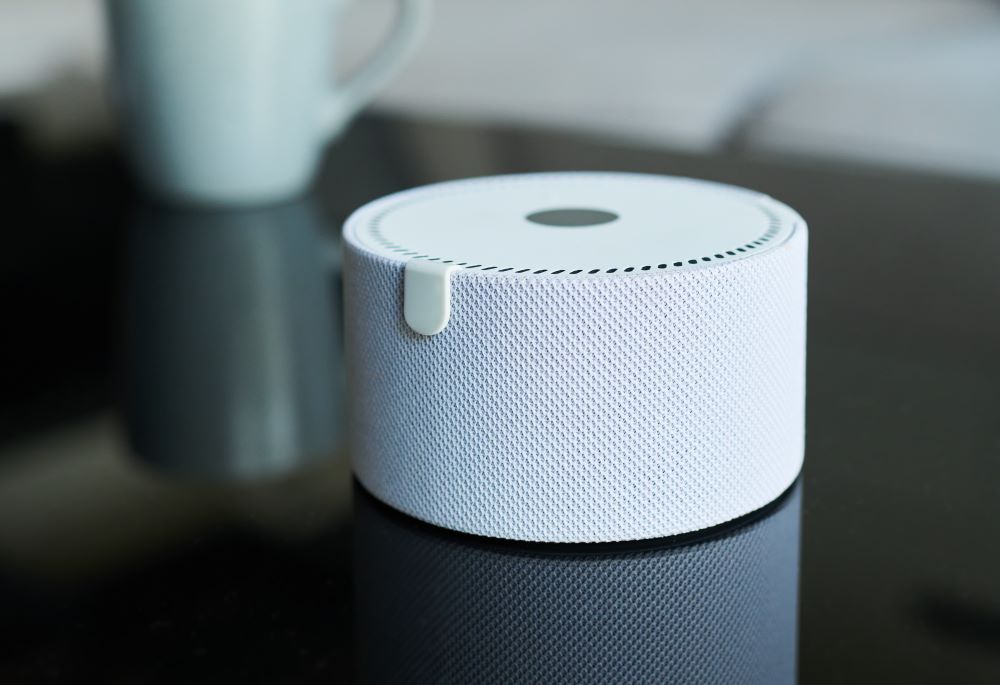
These low-cost adjustments make the hospital look and feel better.
Technology can save time and money
Medical technology can sound expensive, but not every upgrade comes with a high price tag. Small hospitals can improve efficiency and patient care with a few smart tech investments.
☑ Optimize electronic health records (EHRs)
Choosing an EHR system that’s intuitive and easy to navigate can save hours of staff time every week.

☑ Expand telemedicine services
Expanding telemedicine services can reach more patients without adding to in-person workload.
Virtual consultations can cut costs, reduce travel for rural patients, and ease pressure on overbooked clinics.

☑ Automate scheduling
Automating scheduling reduces administrative burdens. Digital appointment systems improve efficiency and help eliminate scheduling errors.

These upgrades don’t require a full IT overhaul, but they can have a major impact on hospital operations.
Small changes for a safer hospital
Hospitals must be clean, safe, and well-maintained, but facility managers don’t always have the budget for high-end safety systems. Simple improvements can go a long way toward protecting patients and staff.
☑ Install more hand hygiene stations
Installing more hand hygiene stations in high-traffic areas can reduce infection risks.
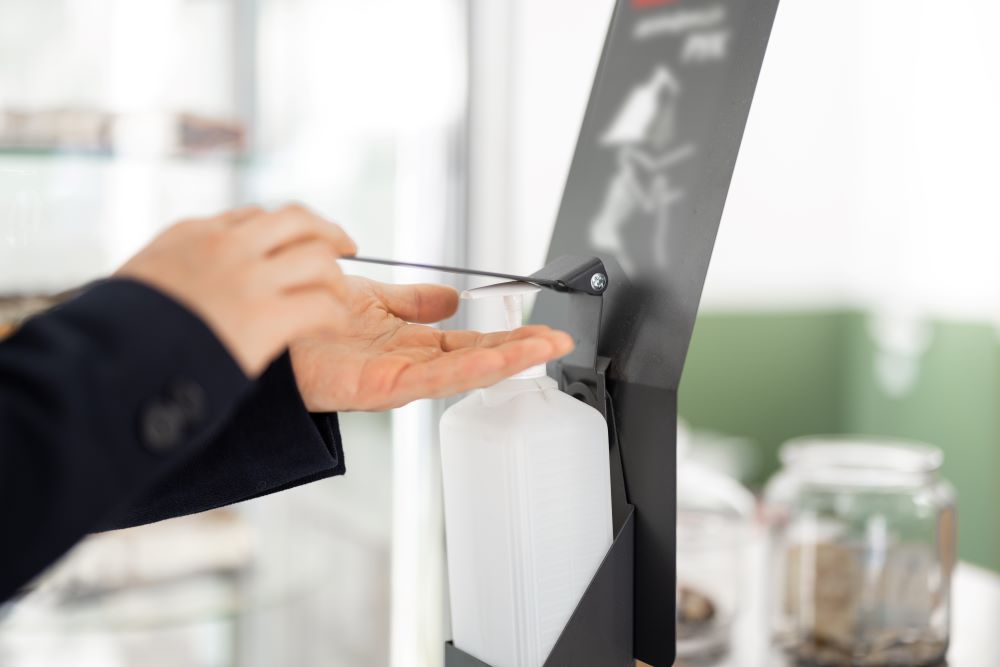
☑ Use antimicrobial coatings
Using antimicrobial coatings on high-touch surfaces such as bed rails and door handles can prevent the spread of germs.

☑ Upgrade air filtration systems
Upgrading air filtration systems with HEPA filters improves indoor air quality and reduces airborne contaminants.
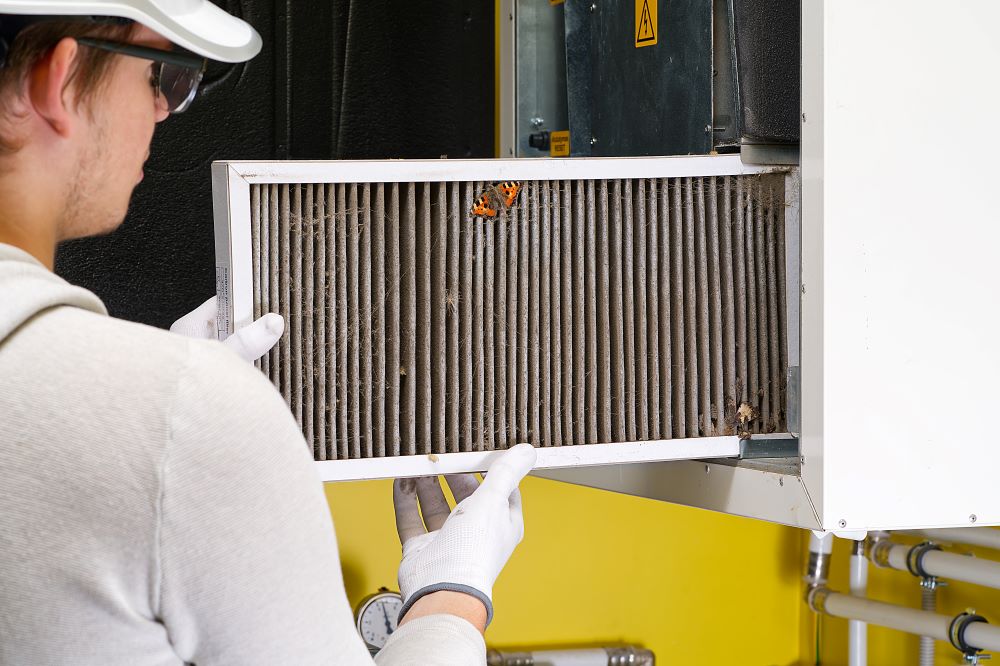
Safety should never be an afterthought. These updates help protect both staff and patients without requiring massive investments.
Energy efficiency that pays for itself
Energy bills eat up a huge portion of hospital budgets, but small improvements can lead to significant long-term savings. Hospitals don’t have to wait for a major infrastructure overhaul to cut costs.
☑ Switch to LED lighting
Switching to LED lighting reduces electricity use and lowers maintenance costs.

☑ Upgrade HVAC systems
Upgrading HVAC systems with smart controls helps maintain better temperature regulation while saving energy.
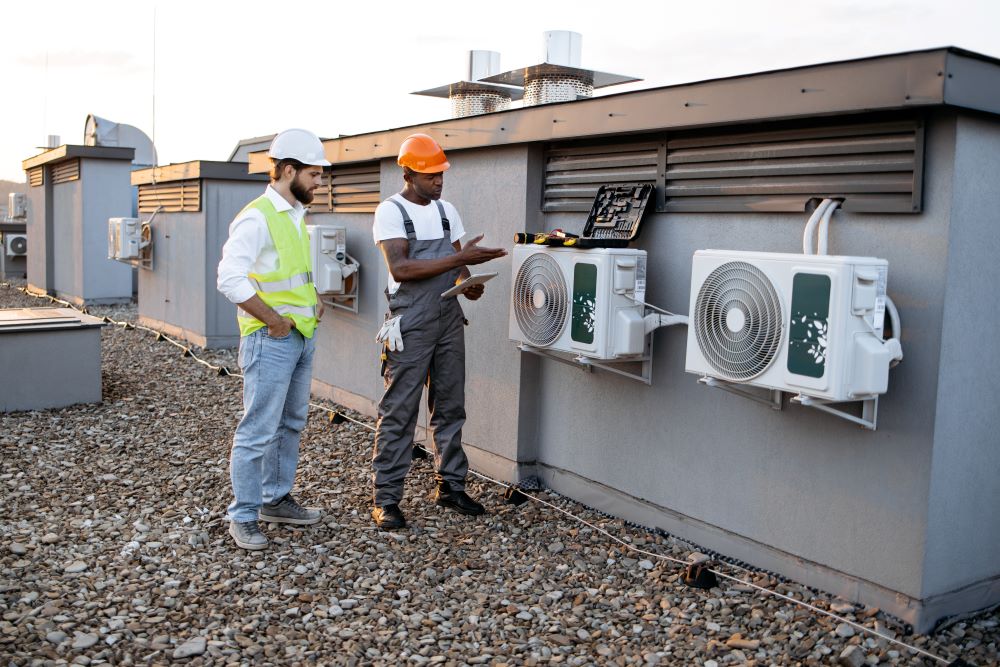
☑ Consider solar panels
Solar panels can add long-term sustainability. Some small hospitals have already seen success with solar power as a cost-cutting solution.

These changes might not be flashy, but they can free up funds for other critical hospital needs.
Maximize equipment budgets
Medical equipment is expensive, but hospitals don’t always need the latest, brand-new models to provide excellent care. Strategic spending helps small hospitals stretch their budgets further.
☑ Buy high-quality refurbished equipment
Instead of paying full price for brand-new machines, consider buying high-quality refurbished equipment. Many secondhand devices perform just as well as new ones at a fraction of the cost.
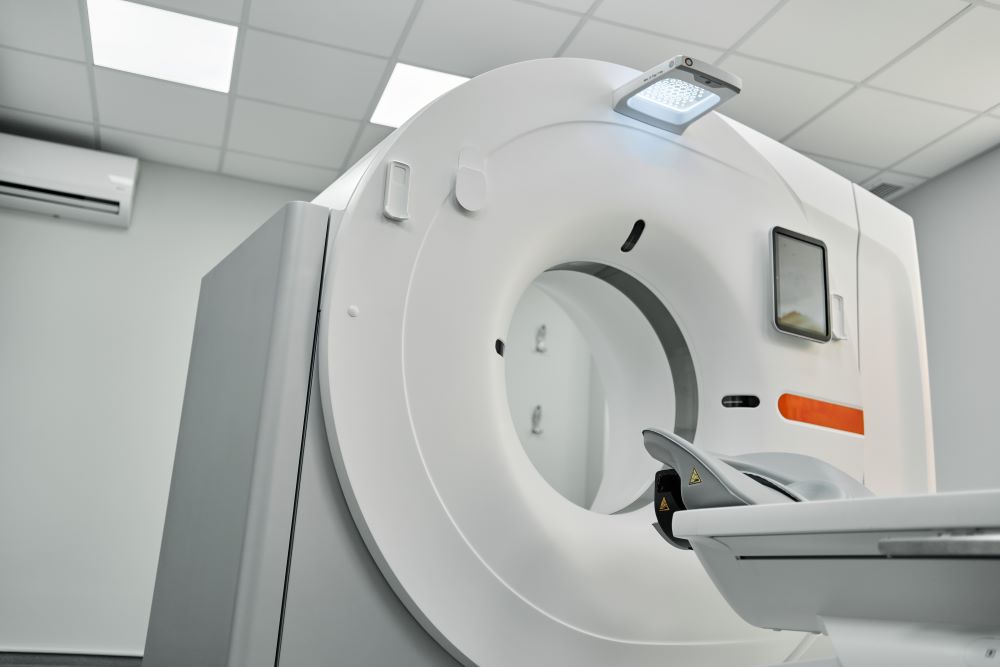
☑ Invest in portable diagnostic tools
Devices such as handheld ultrasounds and mobile X-ray machines can cut down on unnecessary patient transport and speed up diagnostics.
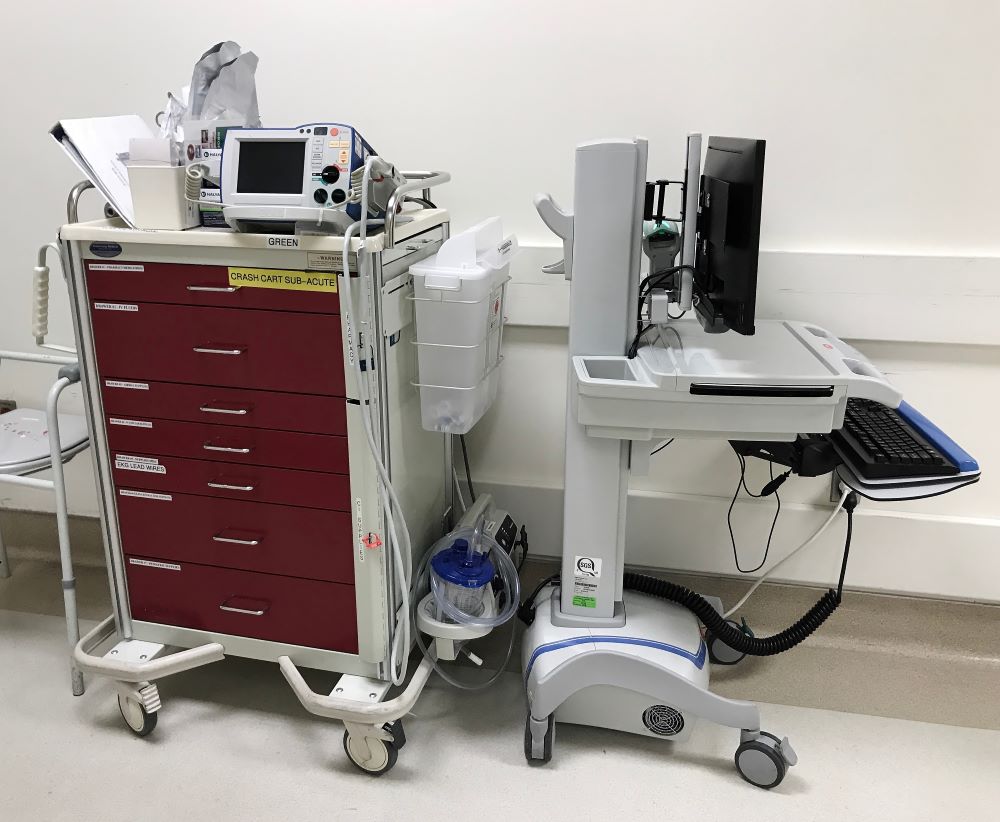
☑ Implement automated medication dispensers
Automated medication dispensers help reduce errors and improve efficiency in pharmacy operations.
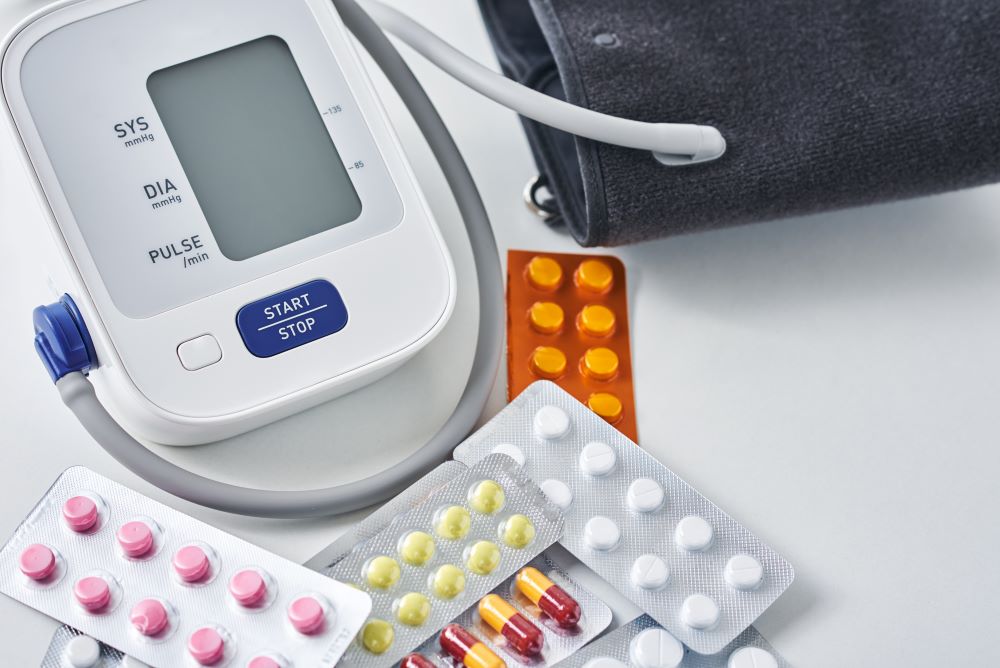
Facility managers who think creatively about equipment purchases can make smart investments without overspending.
Reduce waste and keep supply costs in check
A well-organized supply system prevents wastes and saves money. Hospitals that actively manage inventory and rethink purchasing strategies can significantly cut costs.
☑ Use a digital inventory management software
Using a digital inventory management software can help track supplies more accurately and prevent unnecessary purchases.

☑ Switch to reusable medical supplies
Switching to reusable medical supplies when possible, such as sterilizing and reusing certain items, can be a cost-effective and environmentally friendly solution.
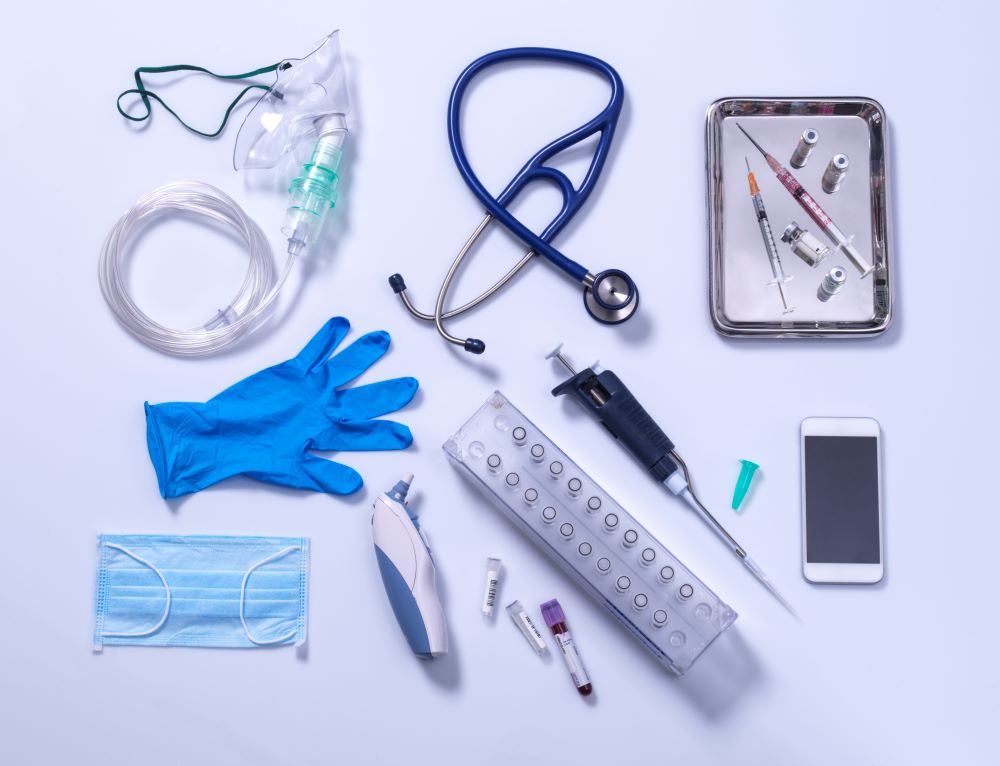
☑ Negotiate better contracts with suppliers
Negotiating contracts to get bulk discounts can reduce overall costs.

Supply chain inefficiencies drain resources. Addressing them allows the hospital to run smoother and spend smarter.
Take care of the staff
The best hospital in the world is nothing without its staff. Facility managers who invest in employee well-being see better efficiency, improved morale, and lower turnover. Even small changes can make a big difference.
☑ Offer cross-training programs
Cross-training allows staff members to fill multiple roles when needed. This flexibility helps hospitals avoid staffing shortages without hiring more employees.

☑ Create better break spaces
Creating better break spaces with comfortable seating and a relaxing environment allows employees to truly recharge during shifts.

☑ Encourage wellness programs
Fitness incentives or mental health resources help keep staff healthy and engaged.
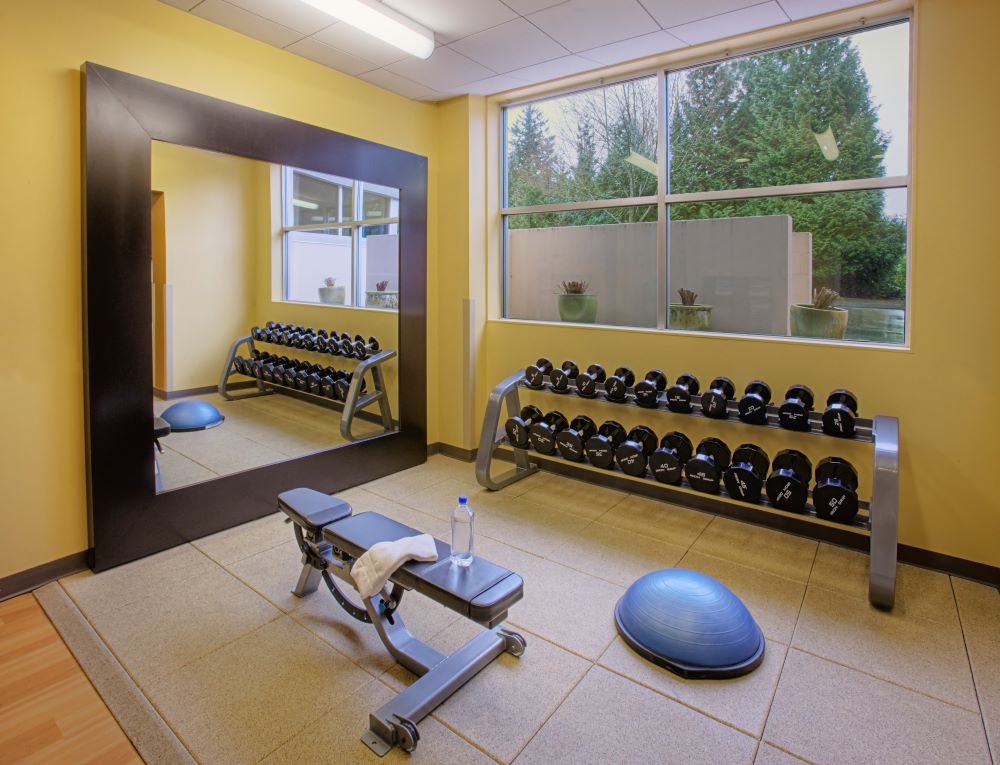
Hospitals that support their workers operate more smoothly. Investing in staff is an investment in the entire facility.
A smarter approach to hospital upgrades
Small hospitals don’t have to dream about million-dollar renovations to improve their facilities. Simple, strategic upgrades make a real difference. None of these upgrades require deep pockets. They just require smart decision-making. A small hospital that focuses on the right improvements can deliver big results.
Sources
10 Low-cost Upgrades for Your Clinic
6 Brilliant Ways Hospitals Can Cut Spending and Improve Quality
7 Cost-Effective Tech Upgrades for Small to Medium-Sized Hospitals
Health & Safety series: Smaller upgrades that improve hospital safety today and tomorrow
Healthcare on a Budget: Affordable Upgrades for Community Clinics






